YOSEMITE (Day 8 - part 1)
It wasn't nearly as cold as Lassen, but then again we also had a new air mattress that didn't leak! Unlike the thick clouds of yesterday, today was crystal clear and blue! We decided to spend the day at the bottom of the valley, taking a few shorter hikes.


Driving to Yosemite Valley
We first popped over to the Tunnel View overlook. This time we COULD see Half Dome.


Looking into Yosemite Valley ..... Victims of the bark beetle

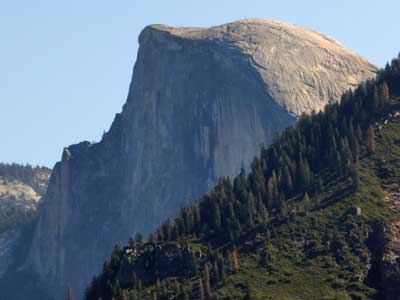
El Capitan .... Half Dome
Entering the valley...

Map of the valley (Click for a larger view)


El Capitan
Because many of the parking lots were under construction, we were required to use the shuttles to get around.





Our first stop was the impressive visitor center. It was HUGE and filled with all sorts of information and exhibits.



Volcanic formation of the landscape
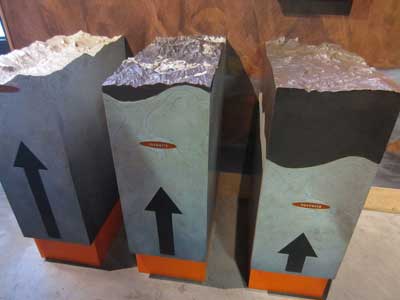

Geology


Glaciers


Plants ...
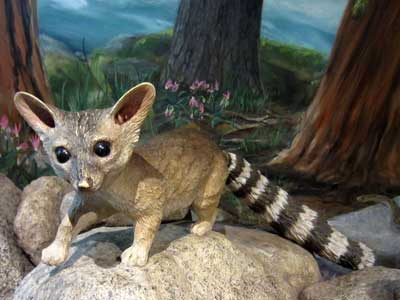

... and animals


Cultures ...


... and people


Ah You was the chef at the Wawona Hotel in the late 1800s to early 1900s. ... In 1896, the Sweet sisters climbed Mount Lyell, the highest mountain in Yosemite.


Art by Thomas Hill (1829 - 1908) ... and Ansel Adams (1902 - 1984)


John Muir (1838 - 1914)) helped to preserve the Yosemite Valley, Sequoia National Park and many other wilderness areas.
Outside was a reconstructed village located on the former site of the largest Native American village in Yosemite Valley. The Ahwahnechee (or Awahnichi) are a branch of the Miwok people who lived in the Yosemite Valley (which they called Ahwahne). They burned the meadows yearly which drastically changed the valley.
The village had examples of a bark house, ceremonial roundhouse, sweathouse, granaries and a chief's house from the 1870s.



A diorama of tribal life


Cedar bark homes


The ceremonial roundhouse
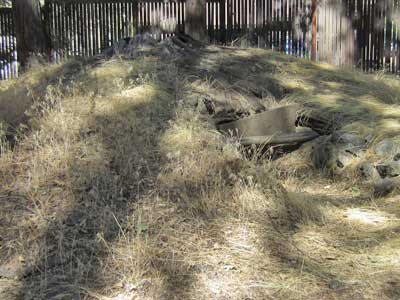

A sweathouse ... a Miwok cabin (after the 1830s, local people began copying the building styles of the settlers)
There was also a museum...
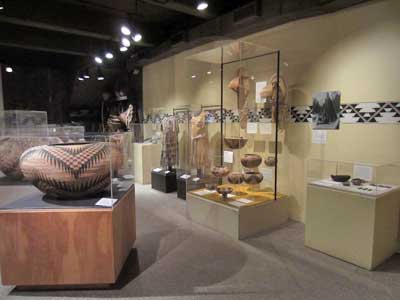



return • continue

